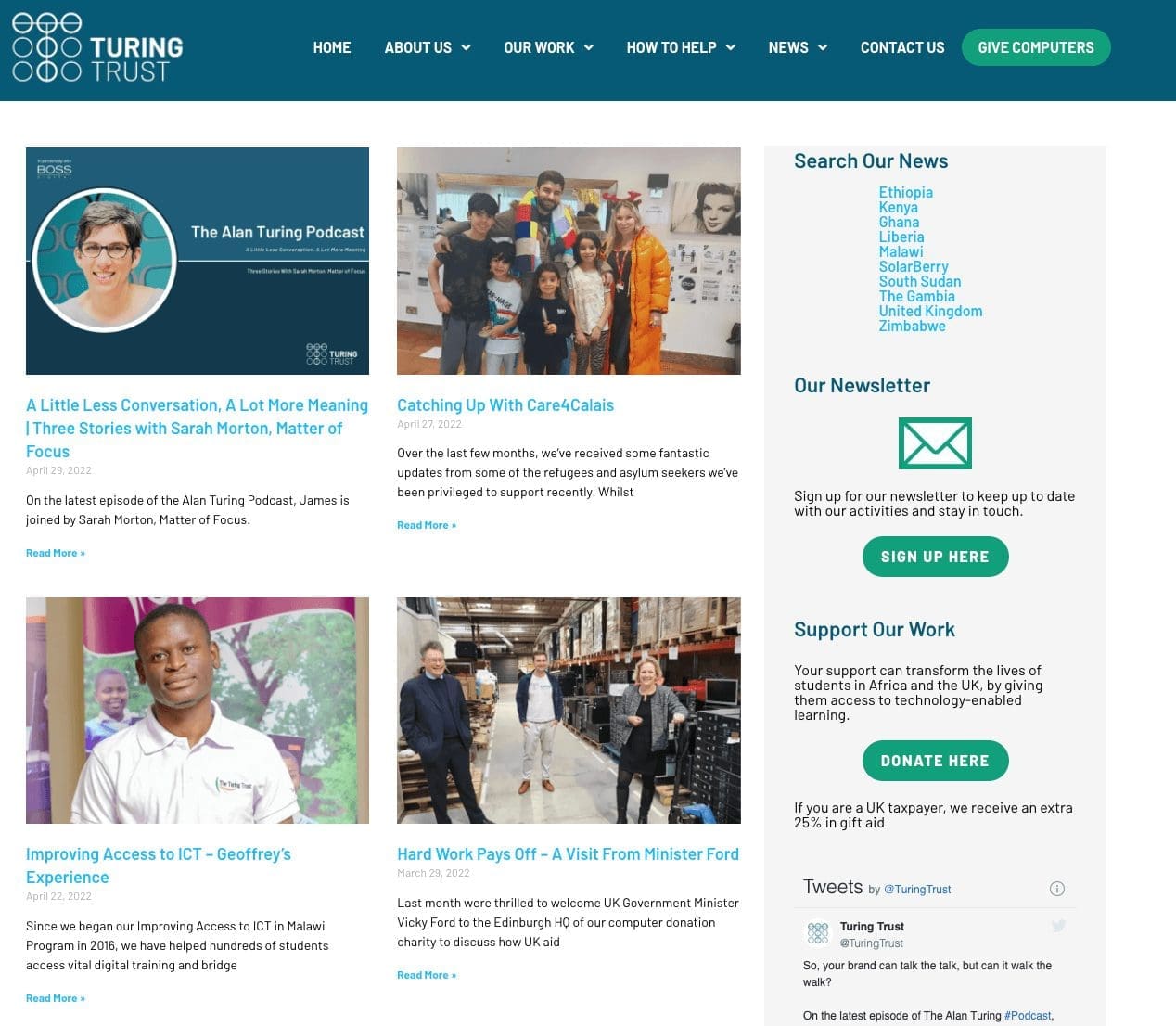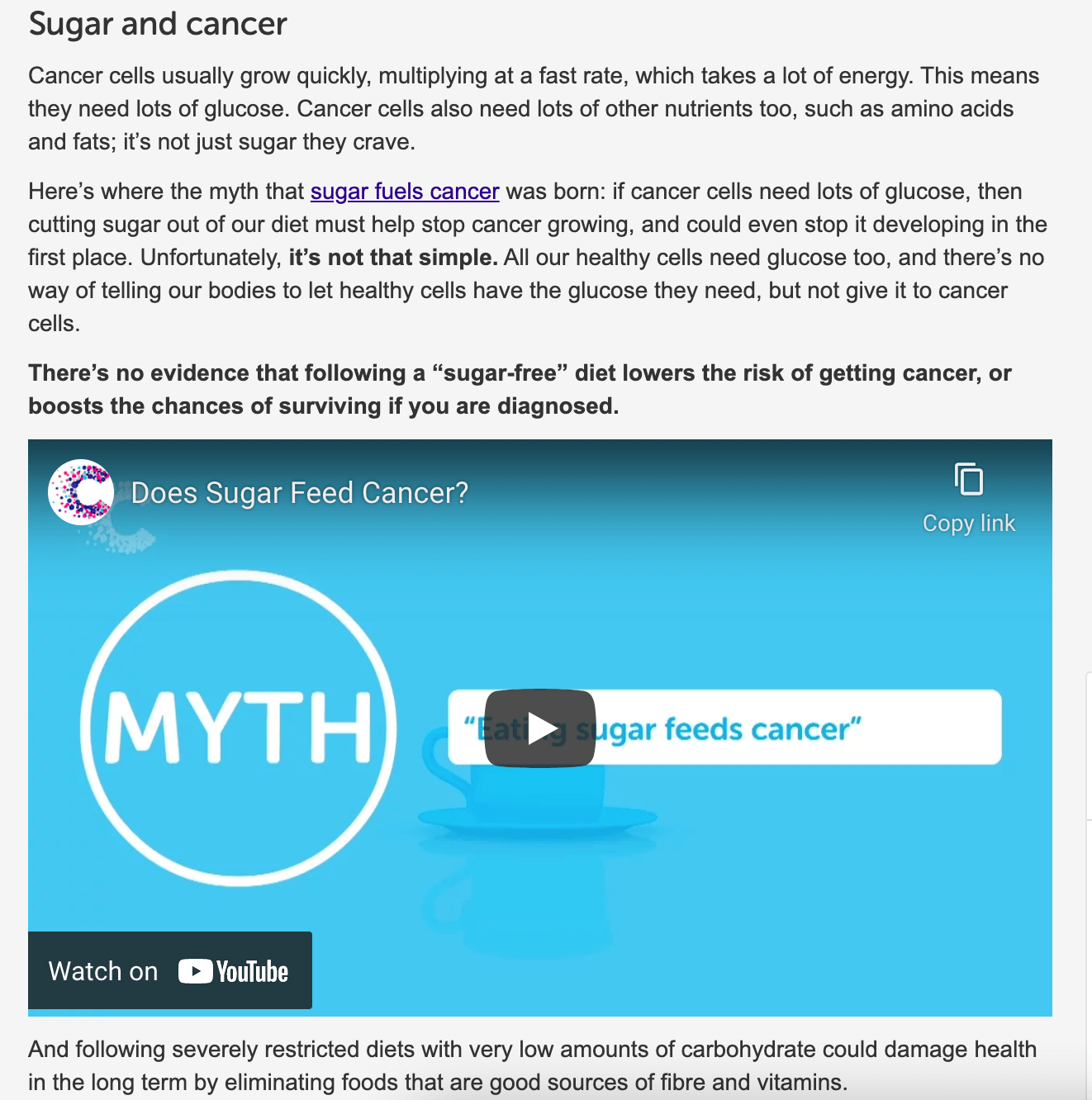It’s all very well writing and uploading content, but if it isn’t being seen by your target audience, is there really any point? Cue blog SEO (search engine optimisation). If your charity is keen to be seen in the search engine results pages (SERPs) then you’ll want to prioritise blog SEO – but what exactly is it and how do you go about it?
What is blog SEO?
Put simply, blog SEO involves using technical and on-page SEO techniques to increase the visibility of your charity’s blog in the search engine results pages (aka organic search). For your blog SEO efforts to be effective, your content must be relevant to your target audience and be easy for the search engines to find and understand. If you can do this, not only will your blog posts become more visible within the organic search results, but your site’s overall SEO efforts will be boosted too.
Why is blogging so important for your charity?
Blogs not only offer a fantastic way to educate, inspire and engage your charity’s audience but they also have significant benefits for your site’s SEO. Each piece of blog content you upload has the potential to increase your visibility in the search engines, build your site’s authority and establish credibility within your sector. And best of all? If your content is good enough, you will keep users coming back again and again, meaning your charity is always at the forefront of their minds.
How to optimise your charity’s blog posts for SEO
Before jumping into the tips, let’s get one thing clear: SEO is not a quick fix. It will take time to see results, however, in the long run, it will all be worth it. To help put you on the path to the top of the SERPs, we’ve put together a list of 5 top tips to help boost your blog SEO. But before we get started with that, be sure to check out our ultimate guide to SEO for charities to uncover top tips for creating an effective SEO strategy.
#1 Know your audience
The first rule of SEO is to not think about SEO. Trying too hard to please the search engines and neglecting your audiences’ needs is a surefire way to stay off the organic search ranks. If you want to impress the likes of Google and have the search engines recommend your content to users, you need to put your audience at the centre of everything you do.
First thing’s first, identify who your audience is. By clearly defining your audience, you will then be able to learn and understand more about their wants, needs and search habits – and this is what will help you to produce top rank worthy content.
#2 Conduct keyword research
If you haven’t read our latest blog post on keyword research for your charity, go ahead and do that now. If you have – congratulations, you’re in our good books – then we can go ahead and look at some keyword tips for blog SEO.
For starters, you’ll want to avoid keyword stuffing. If you try to include too many keywords within your article this will negatively affect your rankings and user experience. You’ll also want to use keywords (and variations of them) throughout your blog post, including within your title tag, headers, body copy, URL and meta description.
#3 Do it better with meta
If a user has landed on your site via organic search, they will likely have already formed an opinion without even reading your content. This is thanks to your page title, meta description and URL – in other words, how your page appears in the SERPs. Now, you won’t always have total control over what the search engines decide to show users, but by optimising your page title, meta description and URL, you have a good chance of improving it.
As a general rule, your SEO title should be below 60 characters (to avoid being cut off) and reflect what your article is about in an engaging way that leaves the user wanting more. You should also aim to write a unique title tag for each piece of content you share on your site.

When it comes to writing your meta description, your main aim should be to convince users to click through to your content. Leave them wanting more. If your meta description isn’t appearing as you wrote it, don’t panic. The search engines will often rewrite them to better align with users’ search queries.
#4 Optimise your blogs for mobile
It’s becoming increasingly common for users to complete searches using their mobile devices. So much so that 63% of Google’s organic traffic comes from them. What can we learn from this? If your charity’s site isn’t optimised for mobile devices, you will be missing out on a lot of opportunities.
And having a mobile-friendly site won’t just please your audience. Since Google introduced mobile-first indexing in 2019, it has prioritised the mobile version of the content over the desktop version when indexing and ranking web pages. So, if your site isn’t optimised for mobile, be sure to check out a few simple changes you can make to make it more mobile-friendly here.
#5 Engage with media, links and calls to action
Whilst long-form blog content is great, in some cases, it can become overwhelming for users. To avoid your audience becoming disengaged and leaving your content, you should try and break your text up with media – such as videos, podcast embeds, images and infographics – or relevant calls to action (CTAs). For example, if you are sharing a blog post celebrating the success of a recent fundraiser, you will likely want to include CTAs such as, ‘start your fundraising journey now’ or ‘get involved with our next fundraising event’ throughout your post. Equally, it’s good practice to include relevant helpful links within your blogs to allow users to further their knowledge where required, for example, if you are sharing a beneficiary’s story, you may want to add relevant links for people to find out more about their condition or circumstances. When adding links to your charity’s blog posts, you should ensure your anchor text provides context to the reader and that the links themselves are relevant and offer value to your audience.
And it really is a win-win situation: not only will your audience be more engaged with your charity’s blog content, but it’s also great for SEO, too. Videos, for example, can significantly boost your page’s chances of reaching the first page in the SERPs (explore more benefits here) and help to increase dwell time (an indirect ranking factor) as typically, they will keep users on the page for longer. And then you have internal links; they keep users on your site for longer by encouraging them to explore other content and help the search engines with crawling and indexing.
If you’re looking for a helping hand with SEO for your charity, head to our case studies page to discover how we have helped nonprofits like yours to succeed with search engine optimisation. Alternatively, get in touch to organise a free consultation and discover a bespoke solution to suit your every need.






